In looking more closely at the housing data, 25 metro areas in particular have seen a little more of a jump, boasting two consecutive quarters of home value appreciation. There are many recognizable locales, including Fort Myers, FL, Pittsburgh, PA, Battle Creek, MI, Durham, NC, Boulder, CO and Knoxville, TN, to mention a few.
While it doesn’t mean that the nation is quite out of the woods, there are places where you can snag a house for the current median home value of $172,600 and expect a return on the investment.
Here are five cities from the list where we found excellent values in homes priced at $170,000 or below:
Spokane, WA
1017 E 14th Ave, Spokane, WA
For Sale: $169,900

The second-largest city in Washington, Spokane is relatively inexpensive compared to many of the larger cities in the state. The metro area has had two consecutive quarters of appreciation (1.9 percent and 6.6, respectively) and median Spokane home values have risen 0.6 percent year-over-year.
Although this Spokane home for sale was built in 1911, it’s chock-full of 21st century upgrades including a new roof, new gas furnace, flooring and new paint. However, with a romantic master suite balcony, front porch and rear patio, the 4-bedroom Craftsman still retains much of its turn-of-the-century charm.
Washington D.C.
49 Danbury St SW, Washington D.C.
For Sale: $160,000

The economy is on the mind of every lawmaker in D.C., so it’s only appropriate that we take a look at Washington D.C. real estate, whose home values have appreciated in the last two consecutive quarters. Current median D.C. home values have risen 1.9 percent year-over-year.
As median home values in D.C. peak over $360,000, finding a single-family home at the $172K mark is downright impossible. But, for $160K, it is possible to find a newer condo, like the one pictured above, with cherry hardwood floors and an eat-in kitchen with granite counter tops.
Nashville, TN
4429 Frost St, Nashville TN
For Sale: $169,961

Nashville has a lot going for it. Not only is it considered the home of country music (Grand Ole Opry), but it is the state capital, home to several pro sports teams (Titans in NFL and Predators in NHL), and several major colleges and universities. Perhaps these are all reasons why Nashville’s home values have been stabilizing. Median Nashville home values have risen for the past two consecutive quarters, with a 2.2 percent rise from June to July.
While Taylor Swift, Carrie Underwood and other country music stars have multi-million dollar mansions in Nashville, you can pick up a relatively new home in the on the Abbington Park real estate market for just under $170k. This 3-bedroom, 2.5-bath home was built in 2003 and features a formal dining room and a great room with custom built-ins and fireplace.
Pueblo, CO
3811 Bison Ln, Pueblo, CO
For Sale: $169,900

Located 100 miles south of Denver, Pueblo is in the “banana belt” and gets significantly less rain and snow than other Colorado cities. Steel work is the dominant industry of Pueblo, and the Colorado city is often called “Pittsburgh of the West” or “Steel City.” Median home values in Pueblo have had a boost the last two quarters of 2.5 percent and 5.5 percent respectively.
This home on the Pueblo real estate market was built in 2001, but has also had numerous upgrades. The 3-bedroom, 3-bath home has hardwood floors throughout, a heated enclosed porch, and mature landscaping. owners. The home includes a pool behind a screened lanai and is situated in a quiet neighborhood with easy access to freeways and shopping.
Springfield, MA
41 Nevada St, Springfield MA
For Sale: $158,900

Situated on the banks of Massachusetts’ largest river, Springfield is only a few hours from Montreal, Boston and New York City. The city has a modest growth in home values in the past two consecutive quarters and median Springfield home values remain affordable, at $123,600.
This 3-bedroom, 3-bath home on the Springfield real estate market sits on a quiet dead-end street and has opportunity for expansion on the third of an acre lot and third-floor walk-up attic. The home features plenty of updates, including a new roof, new windows, and new two-car detached garage.







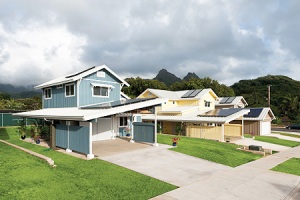








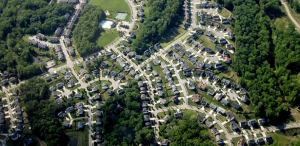




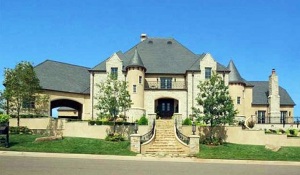

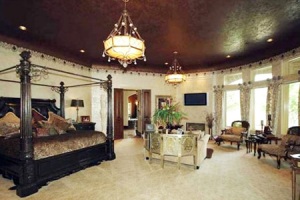
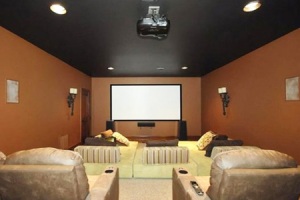

 Brightly-hued hallways, two-story walls of glass gazing out on Los Angeles and the ocean, and spiral staircase adorned with a fiber optic chandelier add pizazz to the Wilshire Corridor condo.
Brightly-hued hallways, two-story walls of glass gazing out on Los Angeles and the ocean, and spiral staircase adorned with a fiber optic chandelier add pizazz to the Wilshire Corridor condo.

















